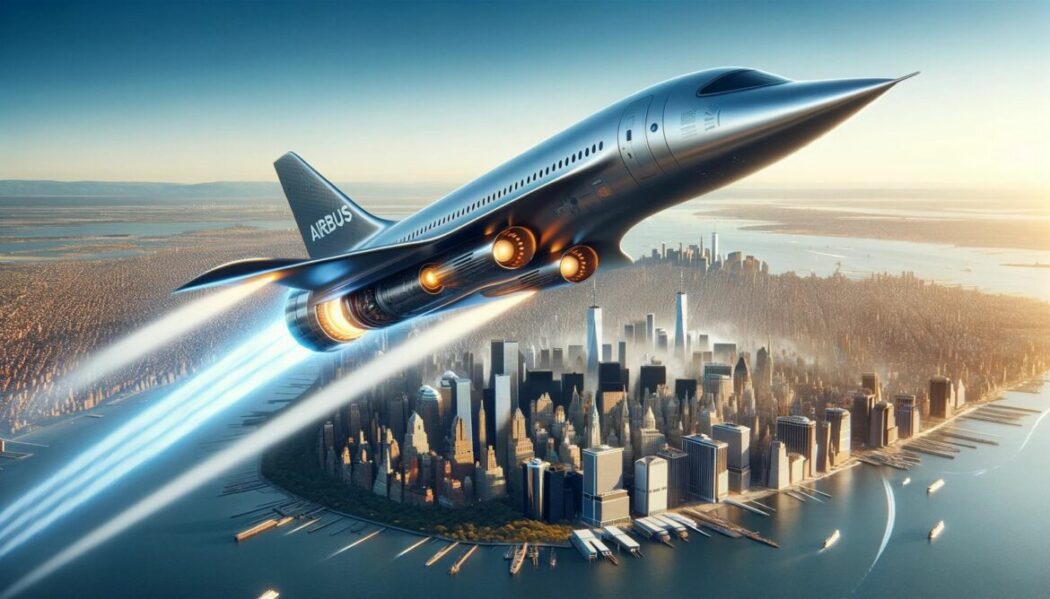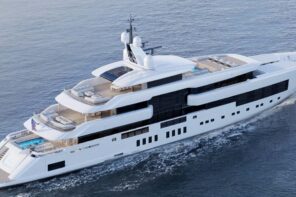Over twenty years have passed since the Concorde, the jewel of aviation’s golden era, made its final transatlantic dash, leaving behind a legacy of supersonic travel that catered to the elite of society. Today, the quest to revive and advance supersonic commercial flights is in full swing, with major players like Lockheed Martin, NASA, and Airbus at the forefront of innovation. Particularly intriguing is Airbus’s venture into supersonic technology, marked by a patent in 2015 for a jet that not only promises to eclipse the Concorde’s speed but also to revolutionize air travel as we know it.
Dubbed the “ultra-rapid” jet, Airbus’s concept is designed to soar at velocities up to 4.5 times the speed of sound, potentially trimming the London to New York journey to a mere hour. The aircraft, as detailed in the patent, is a marvel of engineering with a fuselage and gothic delta wings equipped with a sophisticated propulsion system unlike any seen before.

While the Concorde was known for its delta wing design and the roar of its four Rolls-Royce Olympus turbojet engines, it was plagued by the sonic boom phenomenon, which ultimately restricted its supersonic capabilities over land. Airbus’s design proposes a solution to this challenge through a multi-engine system that operates in stages. Initially powered by traditional jet engines for takeoff, the aircraft transitions to rocket engines for a vertical ascent beyond the stratosphere, before employing wing-mounted ramjets to reach top speeds of Mach 4.5.
Innovations extend to the aircraft’s delta-shaped winglets, engineered to rotate and adjust, mitigating the sonic boom that hindered the Concorde’s land-based operations. This technology not only allows the Airbus jet to outpace its predecessor by a significant margin but also makes transcontinental trips like Paris to San Francisco feasible in under three hours.

Airbus envisioned the aircraft’s cabin to accommodate up to 20 passengers in comfort, with hammock-like seats, and even floated the idea of a military variant reminiscent of the legendary SR71 Blackbird for reconnaissance missions. However, despite the excitement generated by the patent award, the years have passed without further news on this groundbreaking supersonic jet.
While the aviation community holds its breath for updates, the dream of cutting-edge, faster-than-sound travel remains alive. Airbus’s ambitious project represents not just a leap in aviation technology but a rekindling of the human spirit’s desire to conquer the skies at unprecedented speeds. As we await more news, one thing is clear: the race to usher in the next era of supersonic travel is on, and it promises to reshape our world dramatically.





